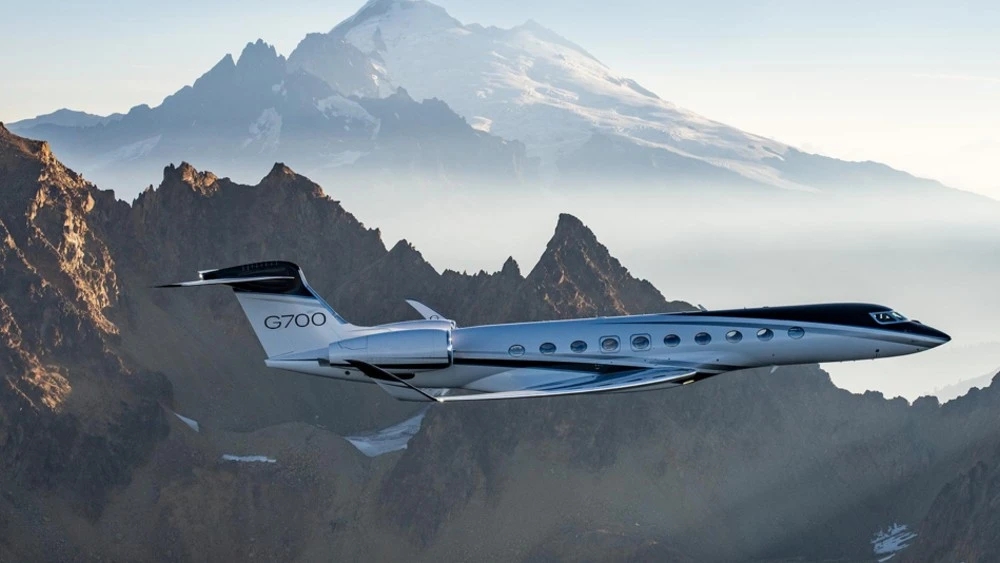Altitude Distinctions
Private jets, known for luxury and convenience, often reach altitudes up to 51,000 feet, surpassing the cruising heights of most commercial planes. Let’s explore the factors that set private jets apart in this sky-high regard.
Safety Standards and Flexibility
One of the key reasons private jets reach such remarkable altitudes lies in their safety standards and flexibility. While commercial planes have stringent regulations for cabin depressurization scenarios, private jets offer more rapid descents and various cabin pressurization and oxygen supply options. Their rear-mounted engines further enhance safety.
Efficiency and Performance Advantages
Flying at higher altitudes not only offers an unmatched view but also enhances performance and fuel efficiency. Thinner, cooler air at greater heights improves engine efficiency and reduces fuel consumption. Private jets, with their lower bypass ratio engines and superior power-to-weight ratios, excel in high-altitude travel.
Weather, Turbulence, and Comfort
Weather and turbulence can impact the comfort and structural integrity of flights. Private jets can circumvent these issues by flying higher, where the air is calmer and clearer. They also possess the flexibility to alter their course or altitude when encountering unfavorable conditions.
Air Traffic and Route Freedom
The congestion of air traffic significantly affects altitude choices. Commercial planes must adhere to predefined flight paths and crowded altitudes, leading to delays, diversions, and increased fuel consumption. Private jets, on the other hand, can choose less congested, more direct routes and altitudes, saving time, money, and reducing their environmental footprint.

